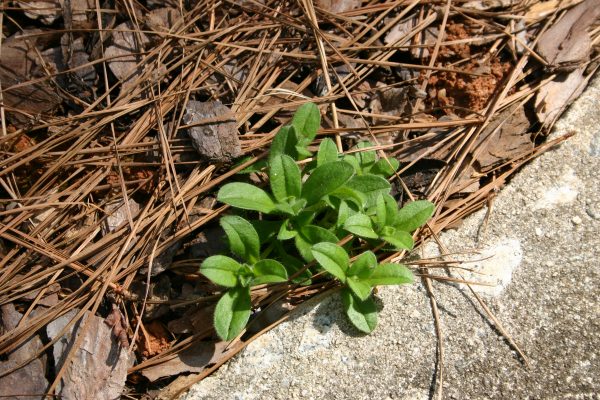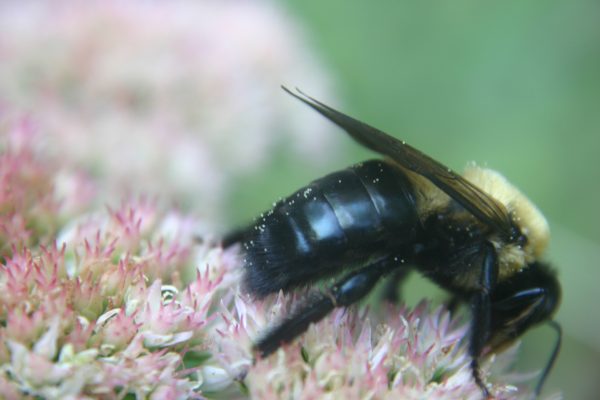Centipedegrass – Decline
Q: I’ve heard of centipede decline…….but this is ridiculous! Our fourteen year-old centipedegrass yard began developing bare patches about four years ago. Now almost a third of my yard is bare and looks horrible.
A: It turns out that a lot of centipedegrass decline can be traced to mowing too high or too low.
As you know, the grass spreads by sending out stolons across the ground. If the runners are allowed to climb on top of each other as they multiply, their roots do not engage the soil very deeply. This leads to great damage from drought and cold. Large and small dead patches appear throughout.
On the other hand, if centipede is mowed too low the stolons are scalped and damaged from drought and sun scald.
Centipede lawns should always be mowed between one and one and three-quarter inches high.
Centipedegrass also shouldn’t be given much fertilizer, since lush growth exacerbates the situation described above. High phosphorus levels can likewise lead to problems. Centipede fertilizer is typically sold in a 15-0-15 nutrient ratio. In the absence of a soil test, apply three pounds per 1000 square feet in May and again in July.
A third contributor could be over-application of pre-emergent.
Dr. Clint Waltz observes: “Centipedegrass spreads via stolons. It does not have below ground rhizomes. The preponderance of the pre-emergence herbicides are from the dinitroaniline family (e.g. Team 2G, Barricade, etc.) which can inhibit rooting into the soil. So, if a centipedegrass root from a stolon is trying to “tack” into the soil but is being inhibited by a pre-emergence herbicide barrier, it is unable to uptake water and nutrients then eventually yellows and dies. When I’ve encountered what I suspect is this issue, I’ve recommended the homeowner to disrupt the bare soil surface, such that, the root does not have to pass through as deep of a “herbicide blanket”. In some cases that has worked, in others soil compaction is a contributing issue.”
Be sure to exactly follow label amounts when applying pre-emergent to centipedegrass.
MORE INFORMATION
















